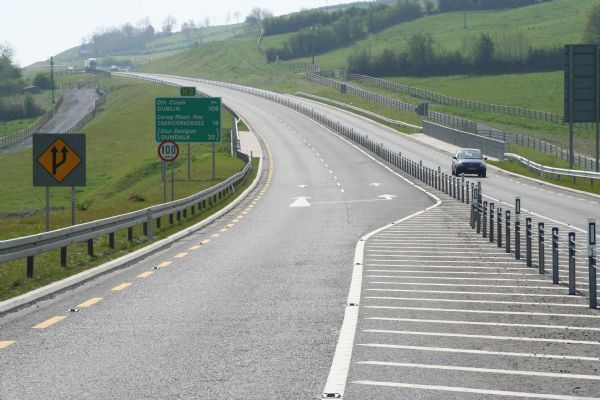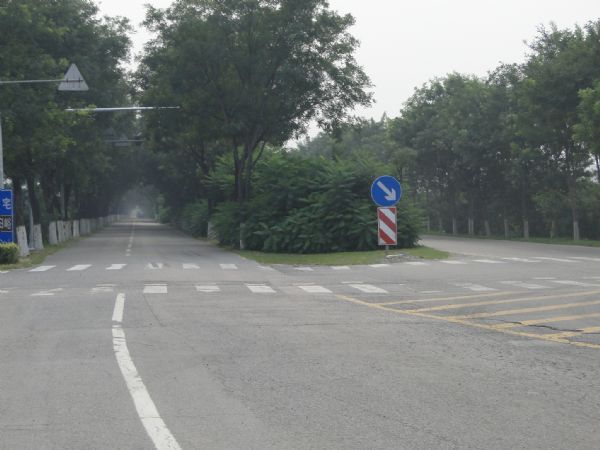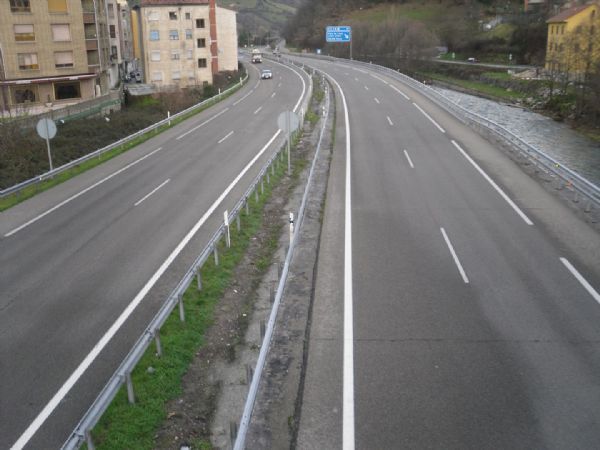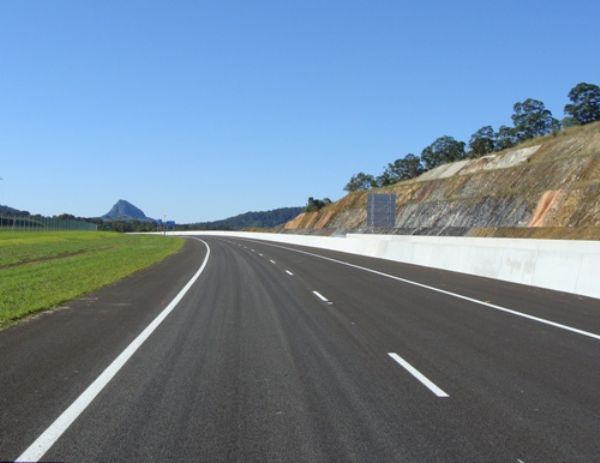





Duplication
Separation of the opposing traffic flows, and therefore reduced head-on crashes. Simpler traffic movements leading to less opportunity for conflict. Redirection of turning movements to safer locations. Protection for turning traffic. Reduced traffic congestion.
This treatment is costly, and other lower cost treatments (such as median barrier installation) should also be considered. Requires a large amount of land. Community acceptance of the medians that restrict turning movements or restrict pedestrian movements may be an issue. Selection of the type of divided road should accord with the traffic function. Speed limits should be self-explaining to drivers in terms of road alignment, cross-sections and road furniture. Since divided roads are prone to speeding during light traffc, intersections, accesses, pedestrian crossings, U-turning facilities etc. need to be designed with great caution. At-grade intersections i.e. priority control, signalized control and roundabouts on divided roads should be planned with great caution due to potential high speeds and increased conflict points. U-turning may be provided at roundabouts or grade-separated intersections. Direct U-turning with median openings needs to be carefully planned. At the end of a divided road, strong treatment is necessary to reduce speed progressively and to assist drivers in adapting to the change in road condition.
Treatment Summary
25-40% |
Case Studies

A divided road in Ireland with 2+1 lane configuration and wire-rope median barrier. Image credit: EuroRAP 
Divided road - China. Image credit: Greg Smith 
Duplication with median barrier in Asturias, Spain. Image credit: iRAP 
New duplicated section of the Bruce Highway (Cooroy to Curra), Queensland, Australia. Image credit: Luke Rogers, iRAP










